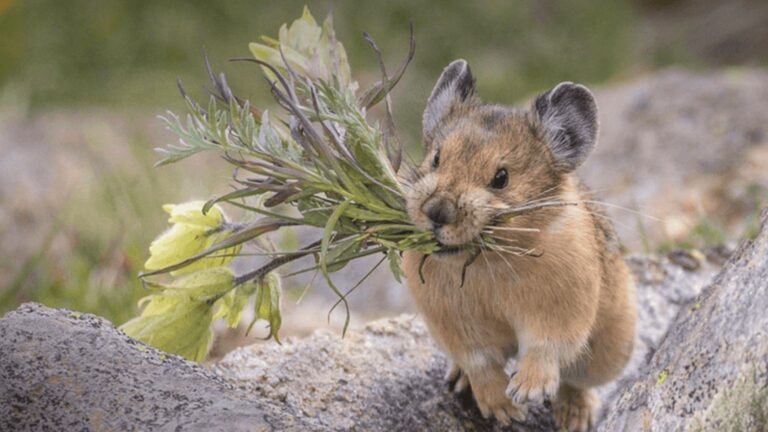The 15 Weirdest Primates In The World
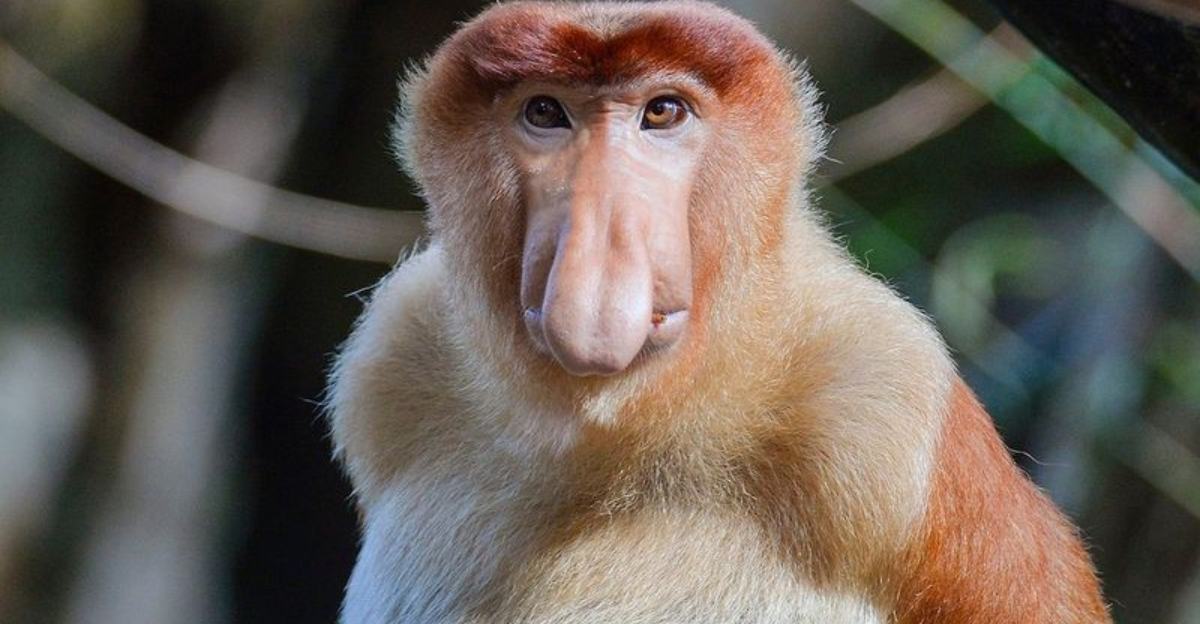
Our primate family tree is filled with some truly bizarre relatives! From tiny creatures with finger-like appendages to monkeys with noses that would make Pinocchio jealous, the primate world is packed with oddities.
While humans might seem like the strangest primates of all (just look at our weird habits), these relatives take the weirdness crown in the animal kingdom.
1. Aye-Aye: The Tap-Tap Terror
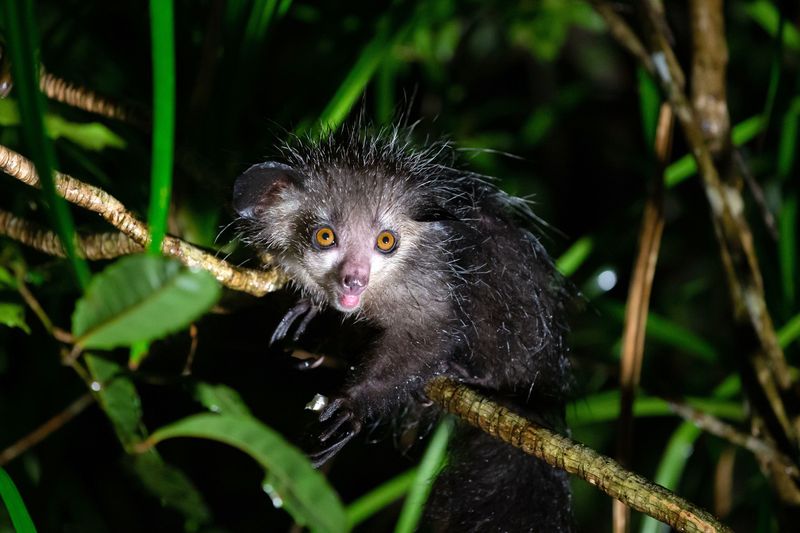
Madagascar’s nighttime boogeyman looks like nature had spare parts left over. With bat-like ears, rodent-like teeth, and a skeletal middle finger that’s twice as long as its other digits, the aye-aye seems designed to frighten.
Local superstitions claim seeing one means death is coming. In reality, this bizarre creature uses that creepy long finger to tap on trees, listening for hollow spots where insects hide. Then it gnaws a hole and fishes them out with that same eerie digit.
2. Tarsier: The Real-Life Gremlin
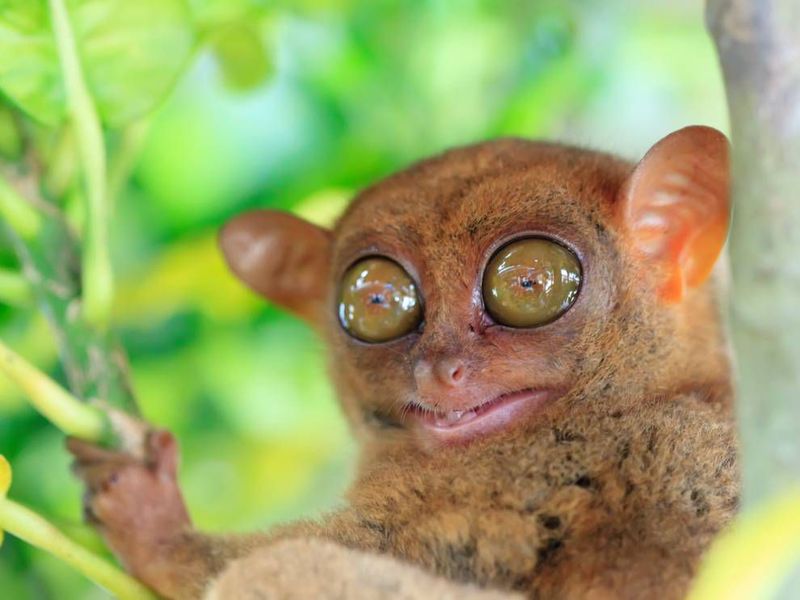
With eyeballs bigger than its brain, the tarsier looks like it downed too many espressos. These tiny nocturnal creatures can’t move their massive eyes, so they rotate their heads nearly 180 degrees owl-style.
Sporting suction-cup fingertips and spring-loaded legs, tarsiers can leap over 40 times their body length. Fun fact: they’re the only completely carnivorous primates, munching on insects, lizards, and even birds. Their alien appearance inspired the design for Gremlins in the famous 1980s movie.
3. Bald Uakari: The Crimson-Faced Monk
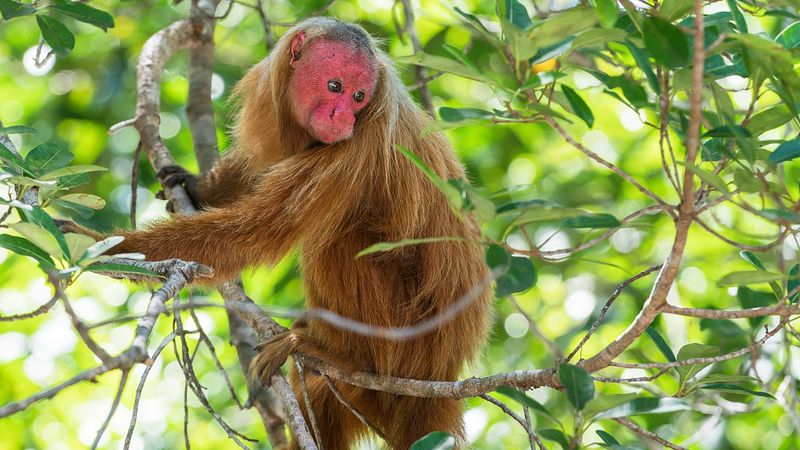
Looking permanently embarrassed, the bald uakari sports a bright red face that stands out against its short, white fur. This unusual coloration isn’t random – the brighter the face, the healthier the monkey.
Living in flooded forests of the Amazon Basin, these monkeys have developed a remarkable adaptation. Their bare, fire-truck-red faces serve as a health indicator; paler faces signal illness, particularly malaria, making them less desirable mates.
4. Slow Loris: Adorably Venomous
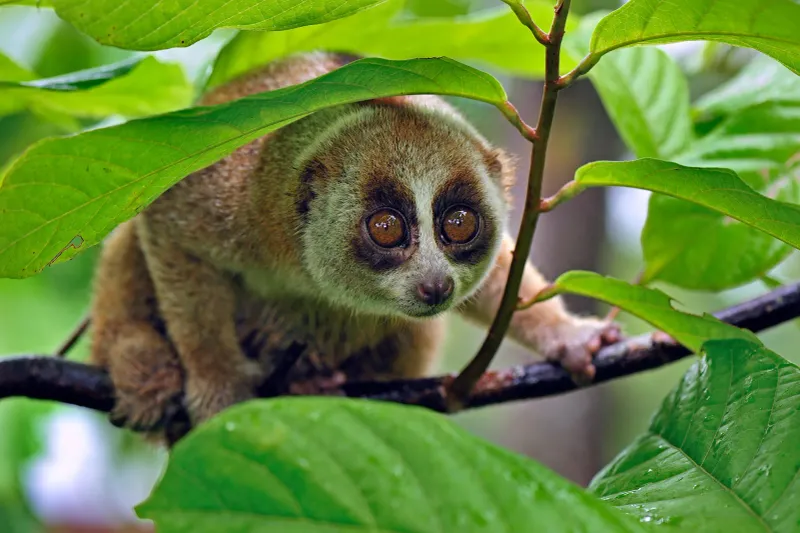
Don’t let those big innocent eyes fool you! The slow loris is the only venomous primate in the world. When threatened, it raises its arms above its head, licks special glands near its elbows, and mixes the secretion with saliva to create a toxic bite.
Moving with deliberate slowness through Southeast Asian forests, these nocturnal creatures look like living stuffed animals. Their cuteness has unfortunately made them targets for the illegal pet trade, despite the fact they can deliver a bite that causes anaphylactic shock.
5. Gelada: The Bleeding Heart Baboon
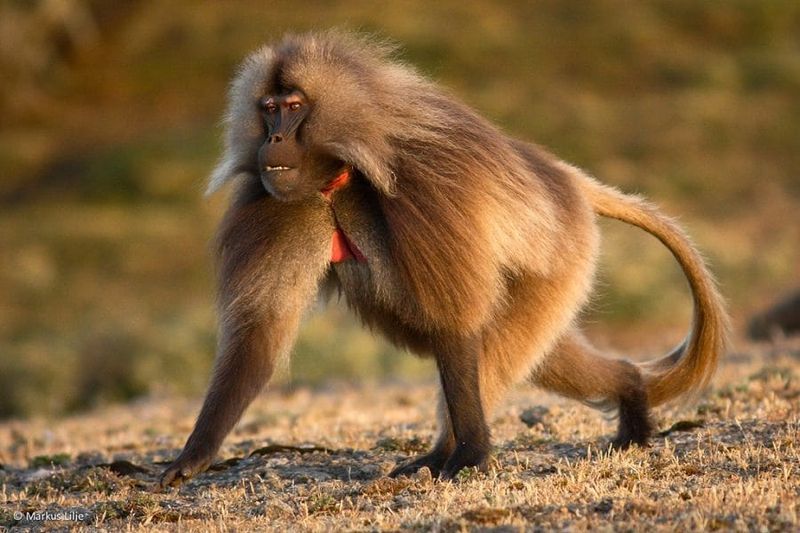
Sporting what looks like a raw, bleeding heart on its chest, the gelada baboon turns heads in the Ethiopian highlands. This distinctive red patch isn’t actually a wound but a hairless area of skin that females use to attract mates.
Masters of communication, geladas have the most complex vocal repertoire of any mammal besides humans. They’re also the only primates that primarily eat grass, spending up to 70% of their day sitting and grazing. Their lip-smacking resembles human speech patterns, making them linguistic research subjects.
6. Golden Snub-Nosed Monkey: Winter Fashion Icon
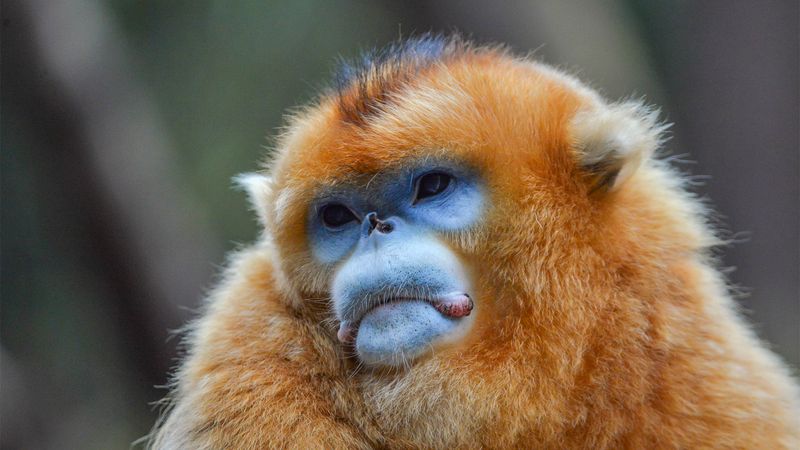
Surviving in freezing mountain forests where few primates dare venture, the golden snub-nosed monkey looks like it’s wearing a stylish fur coat. Its thick golden fur and blue face create a striking appearance against snowy Chinese mountain backdrops.
Their flat, upturned noses are believed to prevent frostbite in their harsh habitat. Living at elevations up to 4,500 meters, these social monkeys huddle together for warmth during brutal winters where temperatures plummet to -30°C. Despite their elegant appearance, they communicate with each other through snorts and squeaks.
7. Mandrill: Nature’s Living Canvas
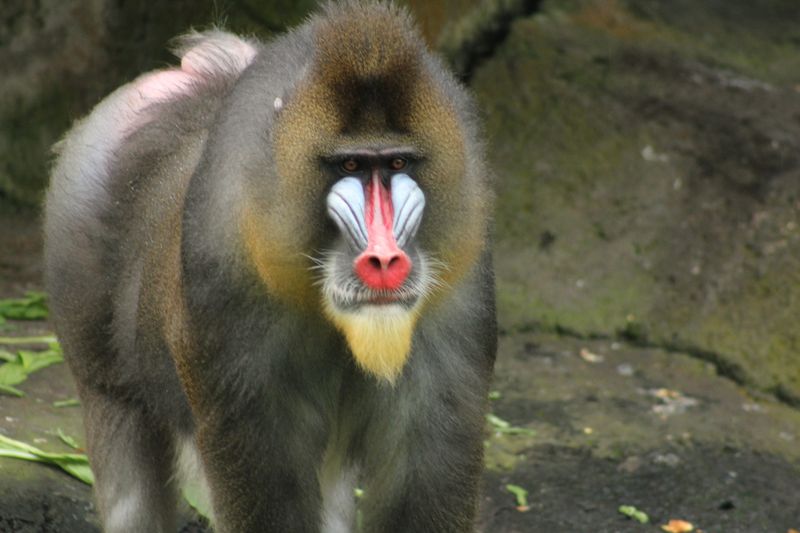
The mandrill looks like it hired a face painter at a carnival. With vibrant blue and red facial ridges, a golden beard, and rainbow-colored hindquarters, it’s the most colorful mammal on Earth.
These massive primates (males weigh up to 100 pounds) are actually forest-dwelling relatives of baboons native to central Africa. Their spectacular coloration intensifies with social status – dominant males display the brightest hues. Despite their fearsome canine teeth, mandrills mainly eat fruits, insects, and occasionally small vertebrates.
8. Pygmy Marmoset: Thumb-Sized Primate
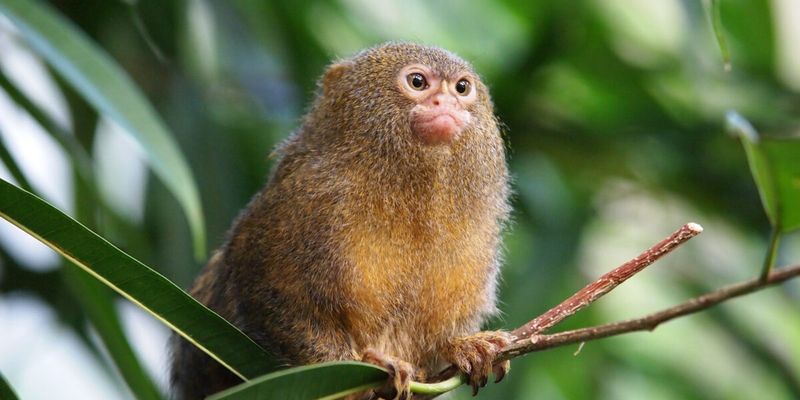
Small enough to fit in your palm, the pygmy marmoset is the world’s tiniest monkey. These miniature marvels weigh less than a stick of butter yet leap incredible distances through Amazon rainforest trees.
Their specialized diet involves gouging tree bark to harvest sap, using tiny claw-like nails. Despite their diminutive size, they’re communication experts, using high-pitched calls beyond human hearing range. A pygmy marmoset can rotate its head 180 degrees and leap over 15 feet between branches – imagine a human jumping the length of a basketball court!
9. Proboscis Monkey: King Of Noses
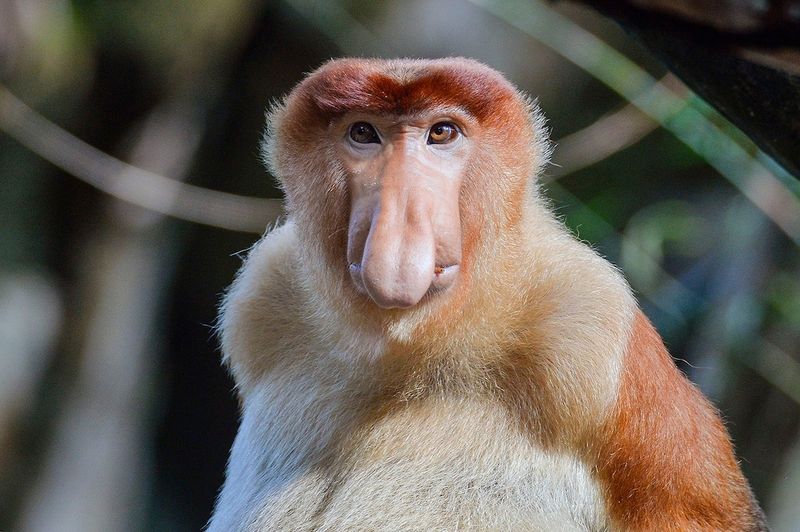
Imagine a monkey with a nose so big it hangs below its mouth! Male proboscis monkeys sport massive, fleshy noses that dangle prominently from their faces. The bigger the nose, the more attractive they are to females.
Found only in Borneo’s mangrove forests, these pot-bellied, orange-furred primates have webbed feet for swimming. When agitated, their nose swells and turns bright red – talk about wearing your emotions on your face!
10. Sifaka: The Ballet Dancer Of Madagascar
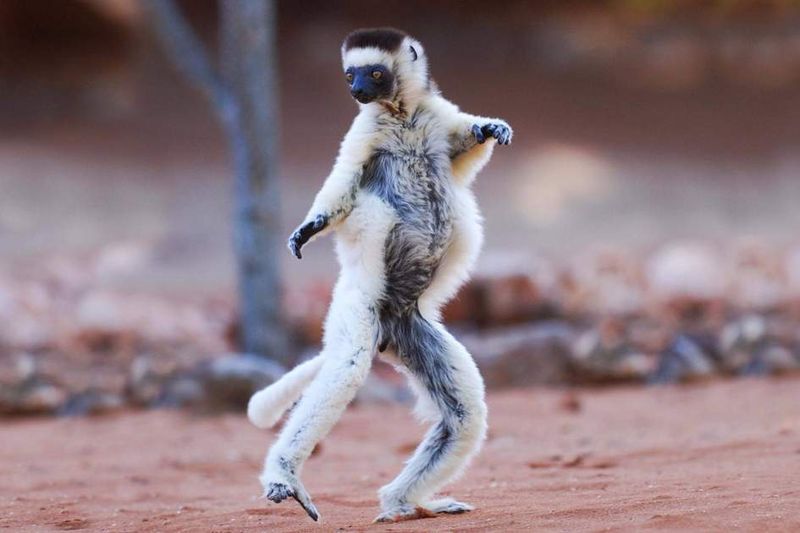
Watch a sifaka move across the ground and you’ll swear it’s auditioning for a dance company! These lemurs hop sideways on two legs with their arms raised overhead, looking exactly like graceful ballet dancers.
Perfectly adapted for life in the trees, their legs are ill-suited for walking on all fours. When forced to cross open ground, they perform their famous sideways dance. With silky white fur, contrasting black faces, and golden crowns, these endangered primates add both beauty and comedy to Madagascar’s forests.
11. Emperor Tamarin: The Mustachioed Monarch
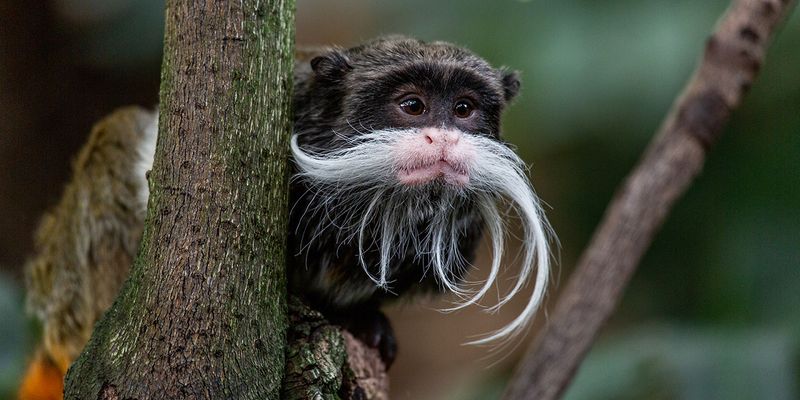
Sporting a magnificent white mustache that would make Salvador Dalí jealous, the emperor tamarin was allegedly named after Emperor Wilhelm II of Germany. These tiny South American monkeys weigh just one pound but carry themselves with regal confidence.
Their facial hair isn’t just for show – it helps them recognize each other in dense rainforests. Living in the Amazon, these imperial-looking primates travel in family groups through the trees, feeding on fruits, flowers, and insects. Males often carry and care for babies, passing them to females only for nursing.
12. Drill: The Forgotten Rainforest Giant
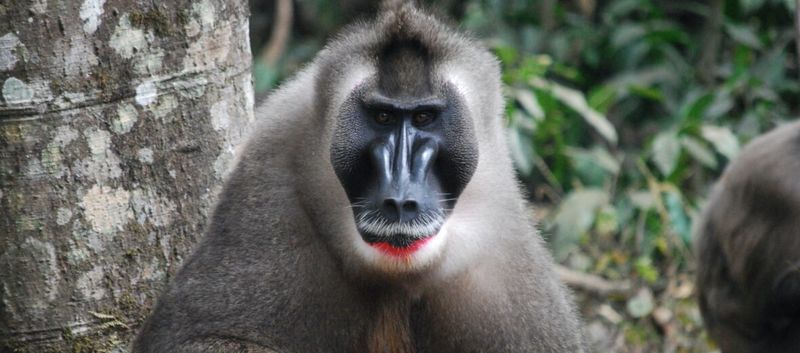
Looking like a mandrill’s less flashy cousin, the drill sports a black face framed by a white border that makes it appear permanently surprised. Males develop bright red and blue buttocks and a pink lower lip that stands out against their dark fur.
Among the most endangered primates, fewer than 3,000 remain in the wild. Native to small pockets of rainforest in Nigeria and Cameroon, drills form some of the largest monkey groups, with up to 200 individuals traveling together. Their powerful jaws can crack open the hardest nuts and seeds with ease.
13. Potto: The Slow-Motion Specialist
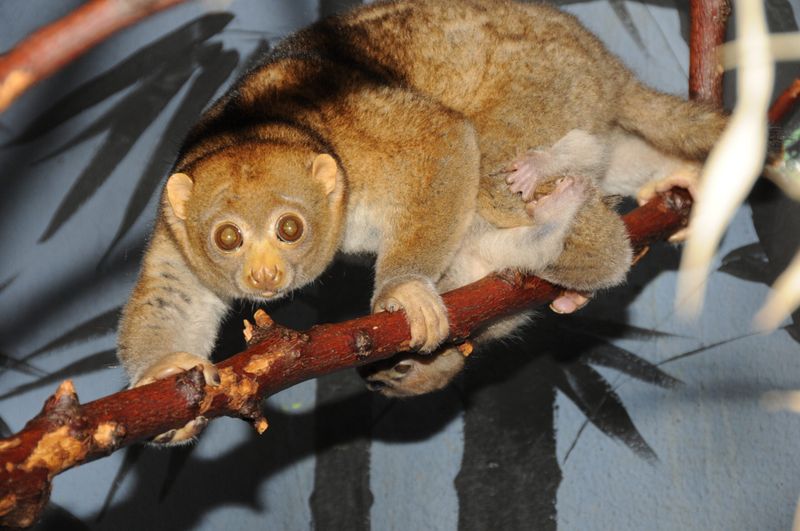
Moving through African forests at a pace that makes sloths look speedy, the potto has perfected the art of invisibility through slowness. These strange primates have a reduced index finger that creates a bear-like paw and bizarre neck vertebrae that stick out like spikes.
When threatened, pottos tuck their heads between their arms, presenting these sharp neck bones to predators. Their grip is so powerful they can hang from a branch for hours using just one hand. Despite their sloth-like appearance, they’re actually related to lorises and have been called “half-tailless lemurs” by early naturalists.
14. Kipunji: The Monkey Discovered By Text Message

First identified in 2005, the kipunji holds the unique distinction of being the first monkey announced to the world via text message! When researchers in Tanzania spotted this unknown primate, they had no satellite phone – just a basic cell phone with text capability.
Sporting a distinctive crown of long, erect hair creating a “mohawk” appearance, these rare monkeys live in high-elevation forests. They communicate using a unique “honk-bark” call unlike any other primate vocalization. With fewer than 1,000 remaining, the kipunji went from newly discovered to critically endangered in record time.
15. Indri: The Singing Forest Spirit
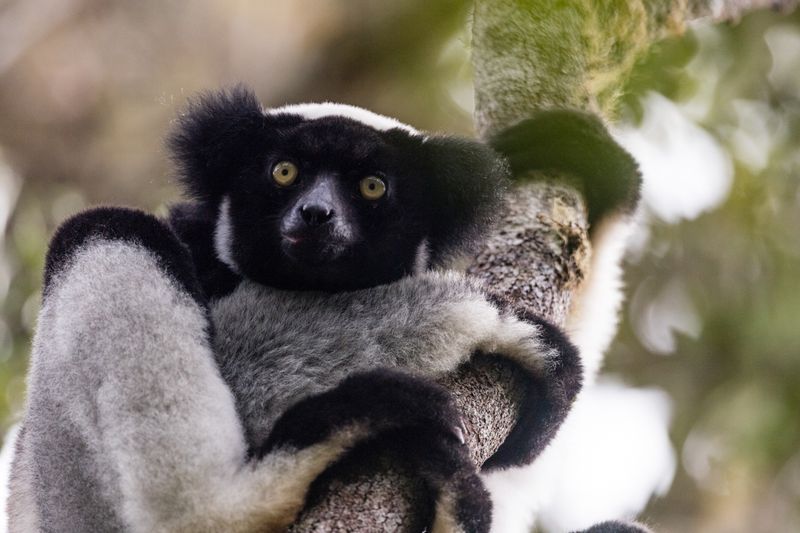
Looking like a black-and-white teddy bear with extraordinarily long legs, the indri is Madagascar’s largest lemur. What makes this primate truly strange is its haunting song that echoes through the forest like a whale’s call on land.
Family groups perform coordinated songs that can last over 2 minutes and carry for miles. Local legends claim indris are ancestors of humans, giving them sacred status. Unlike other lemurs, they have almost no tail and move through trees with powerful leaps covering up to 10 meters in a single bound.






